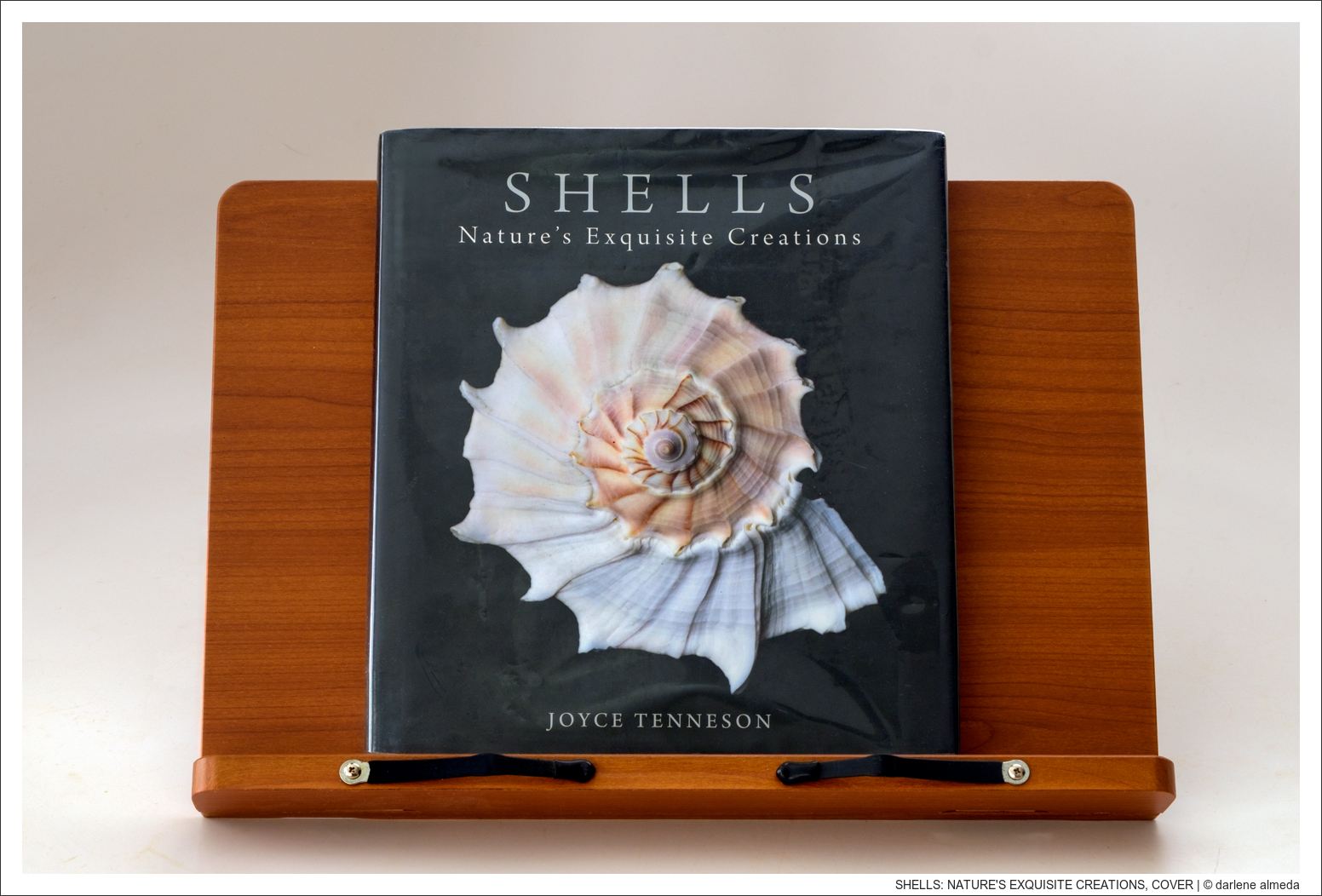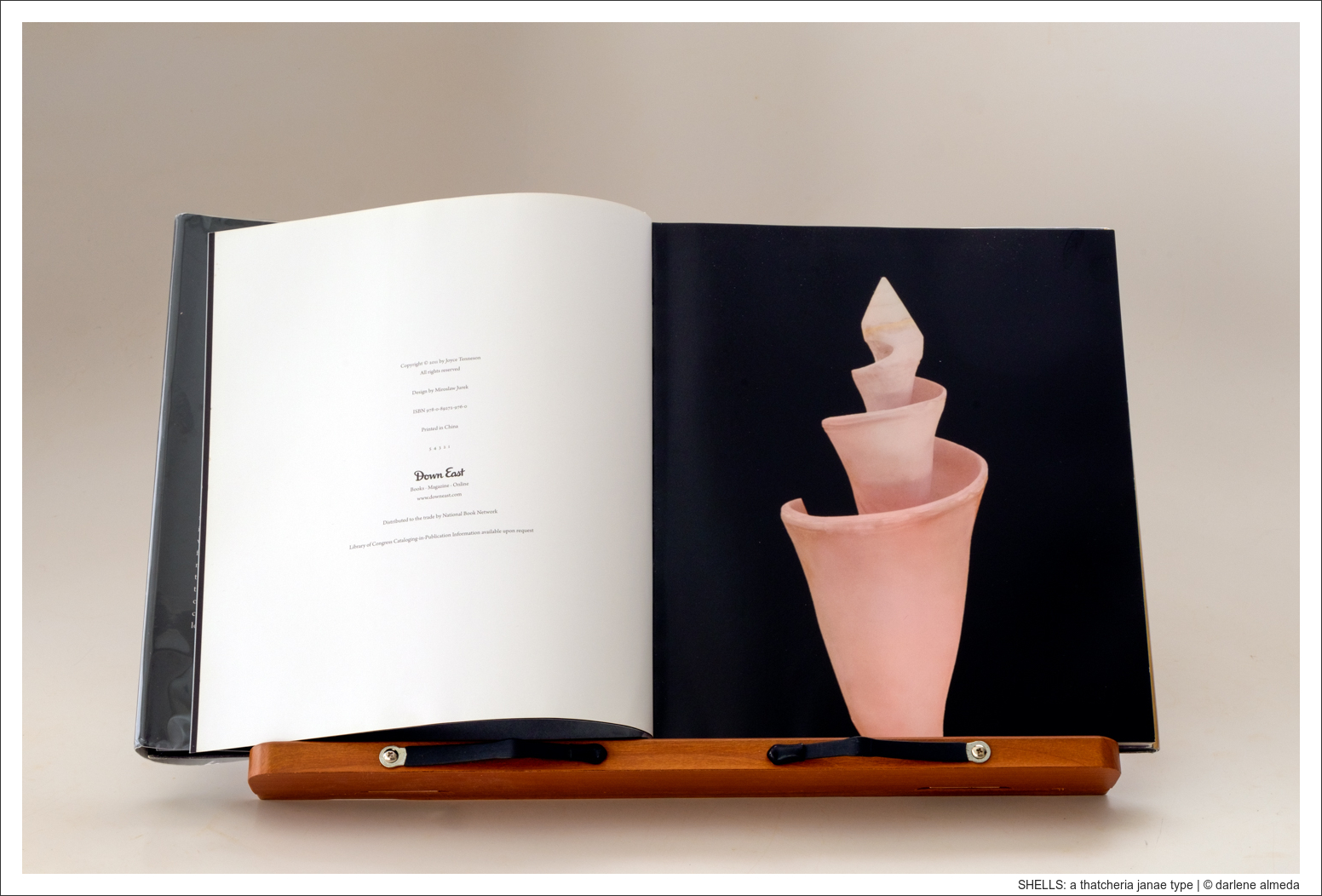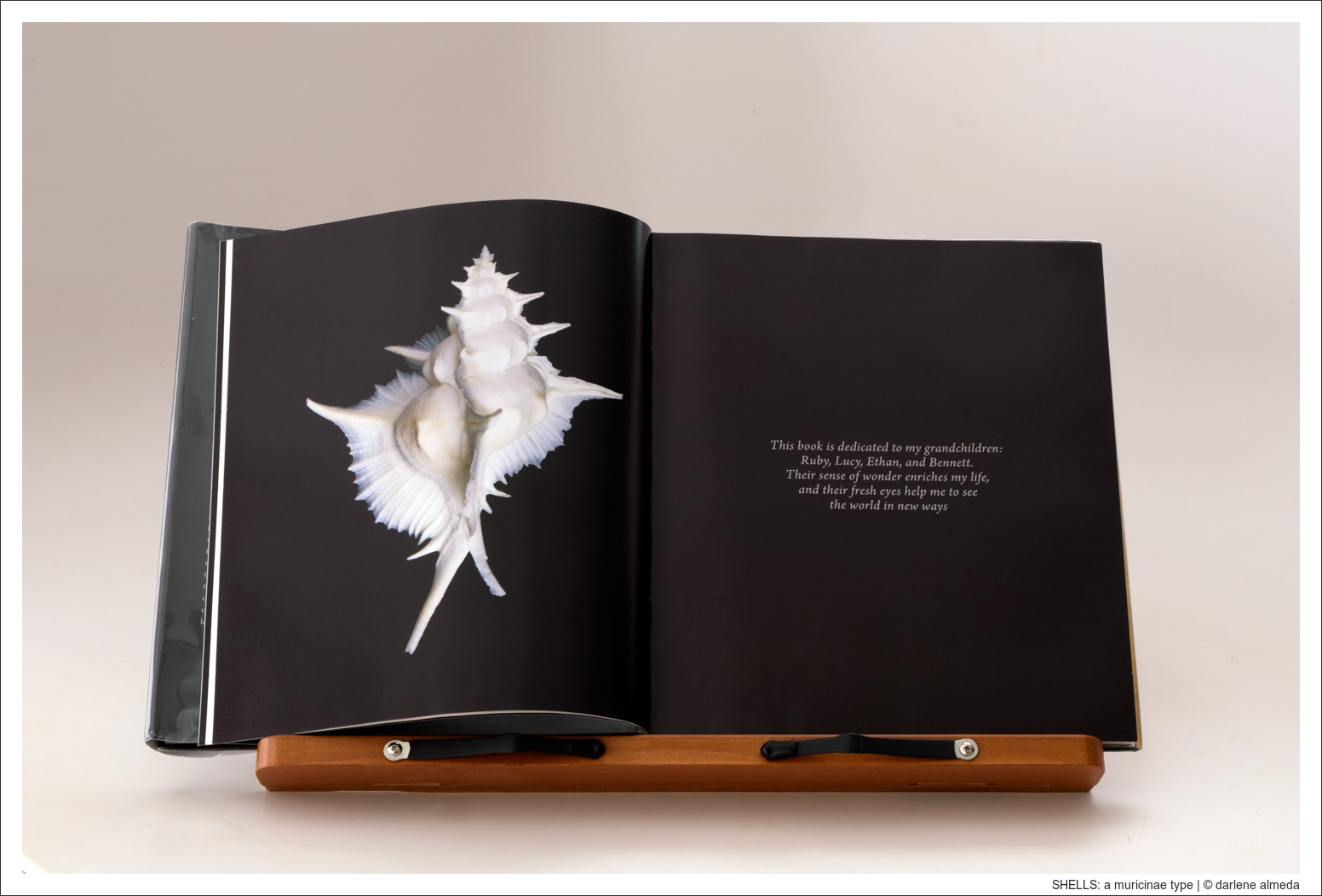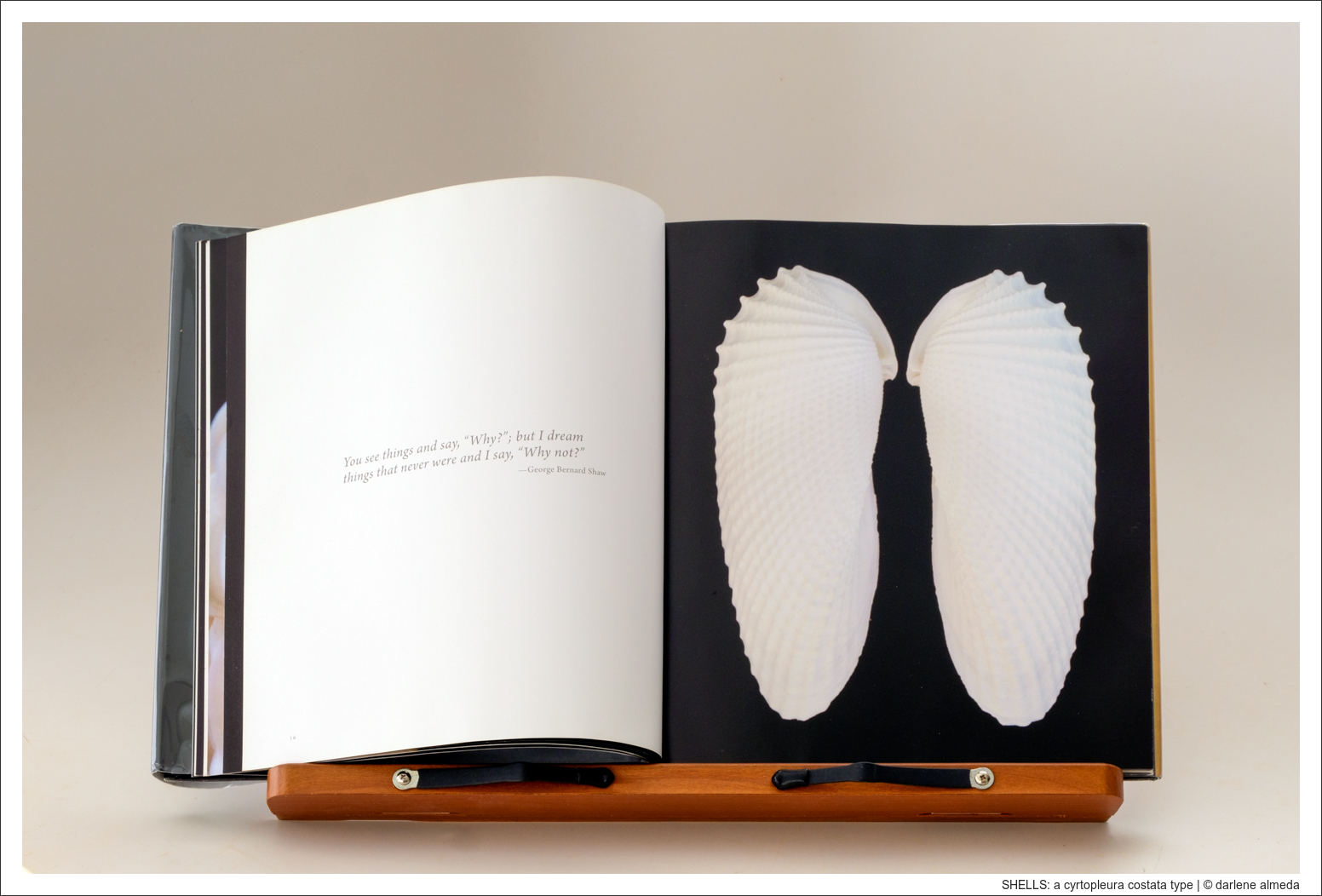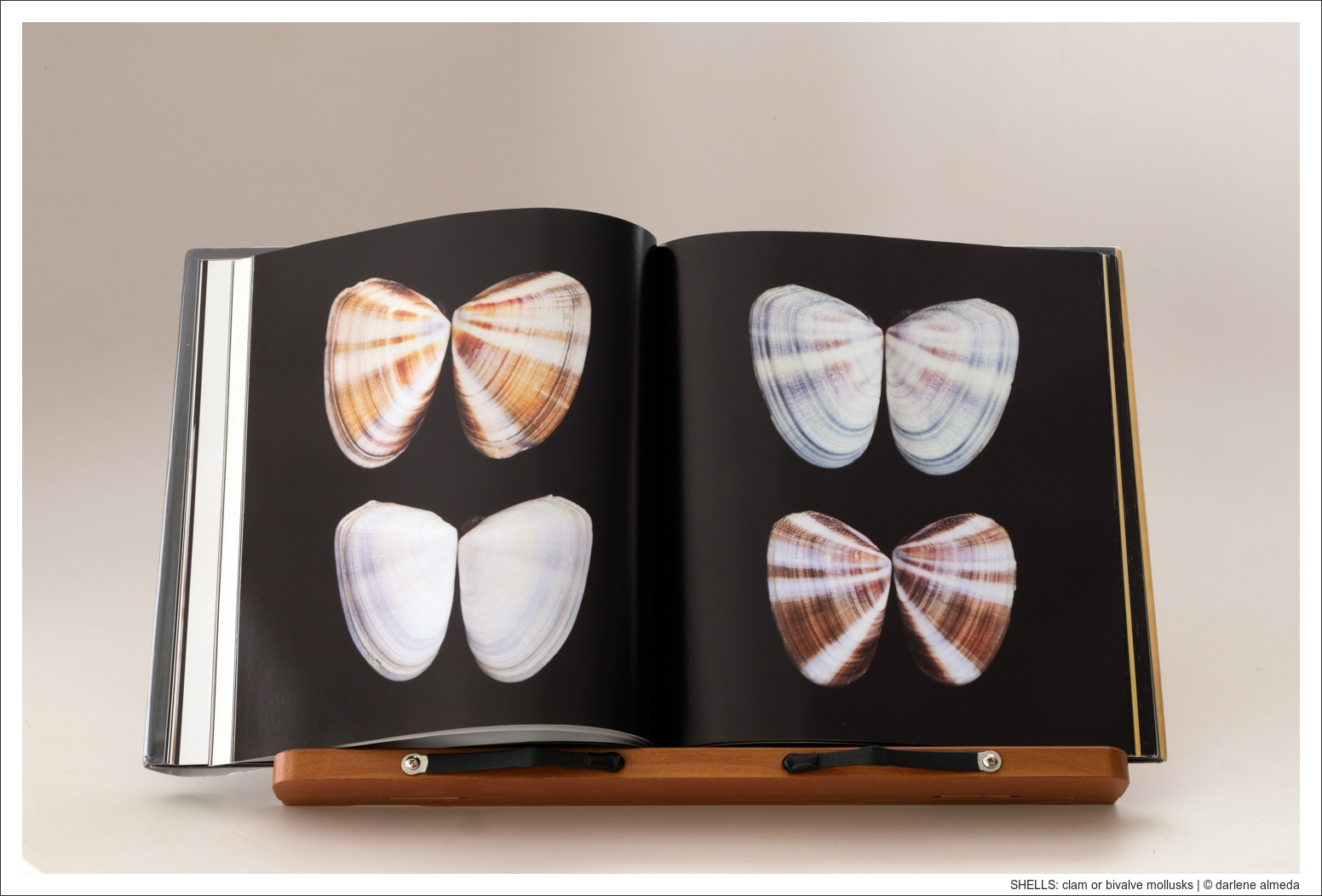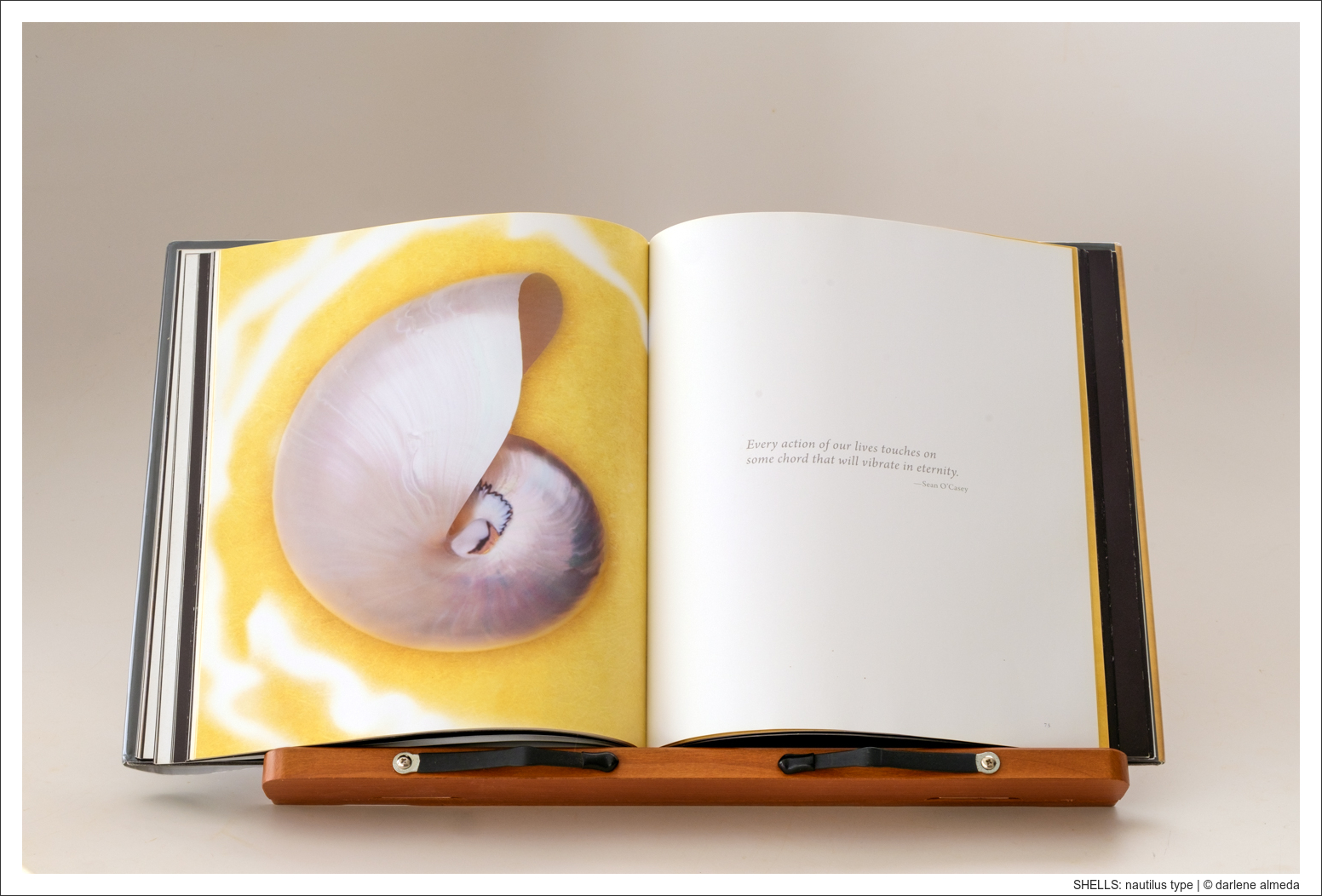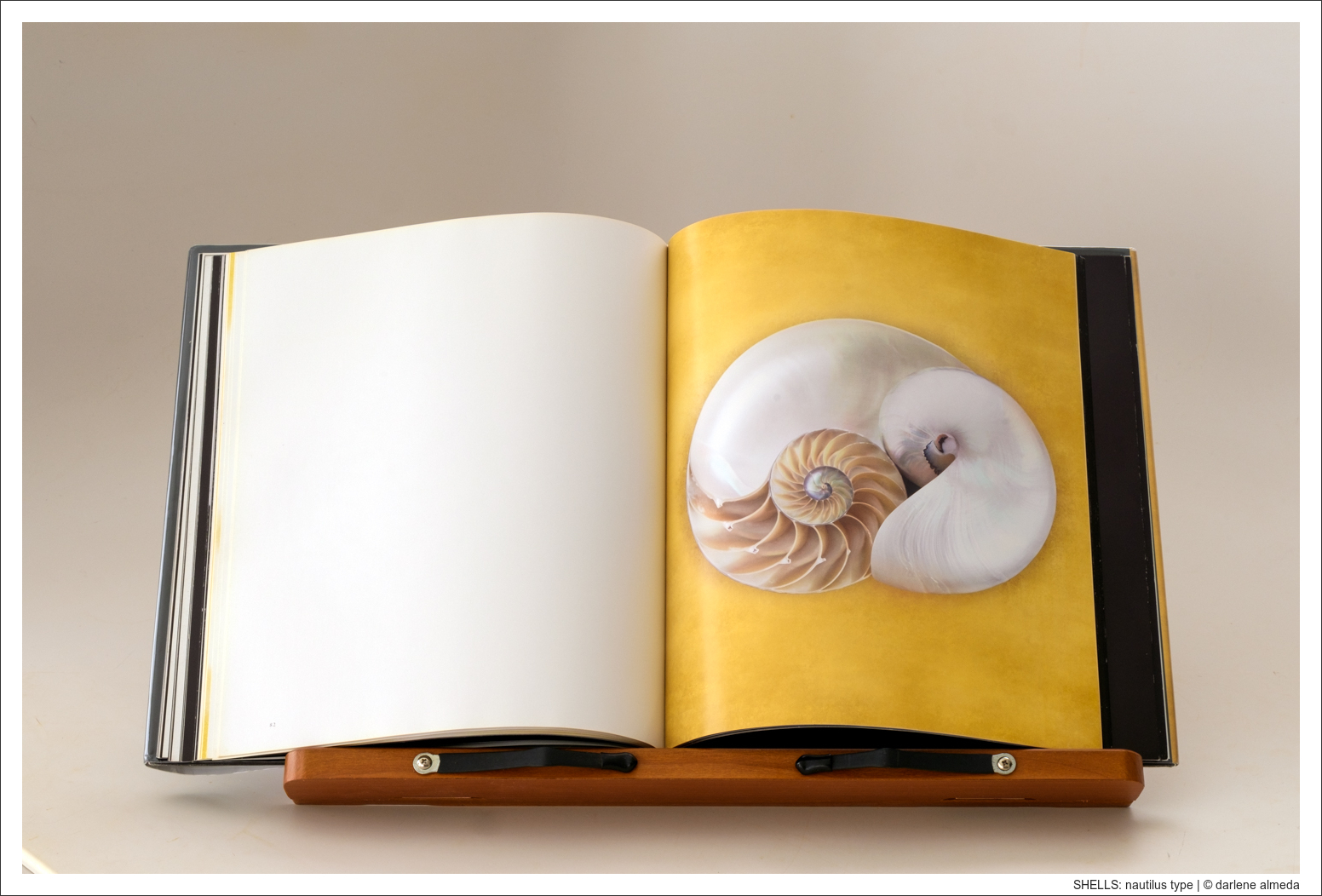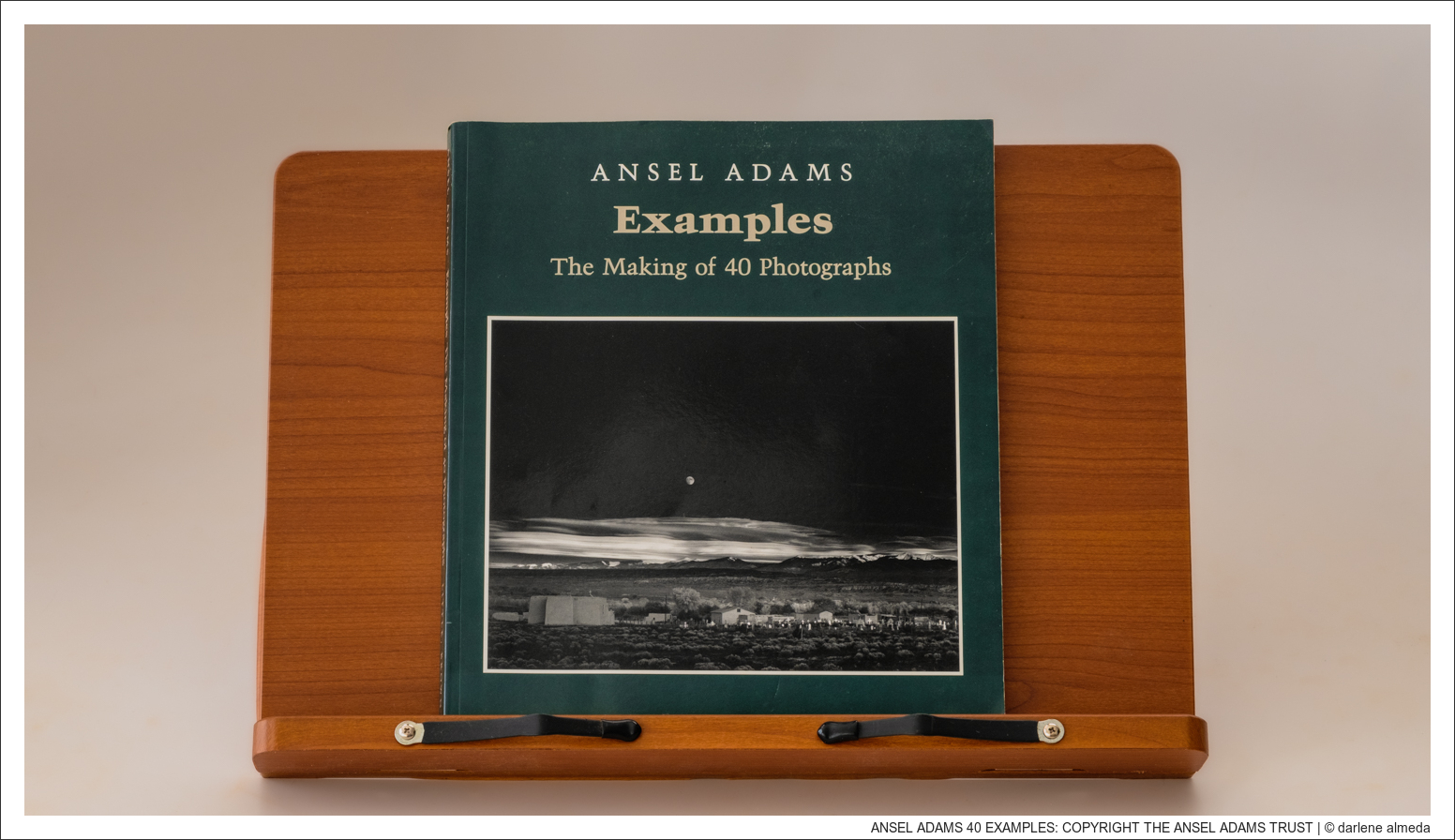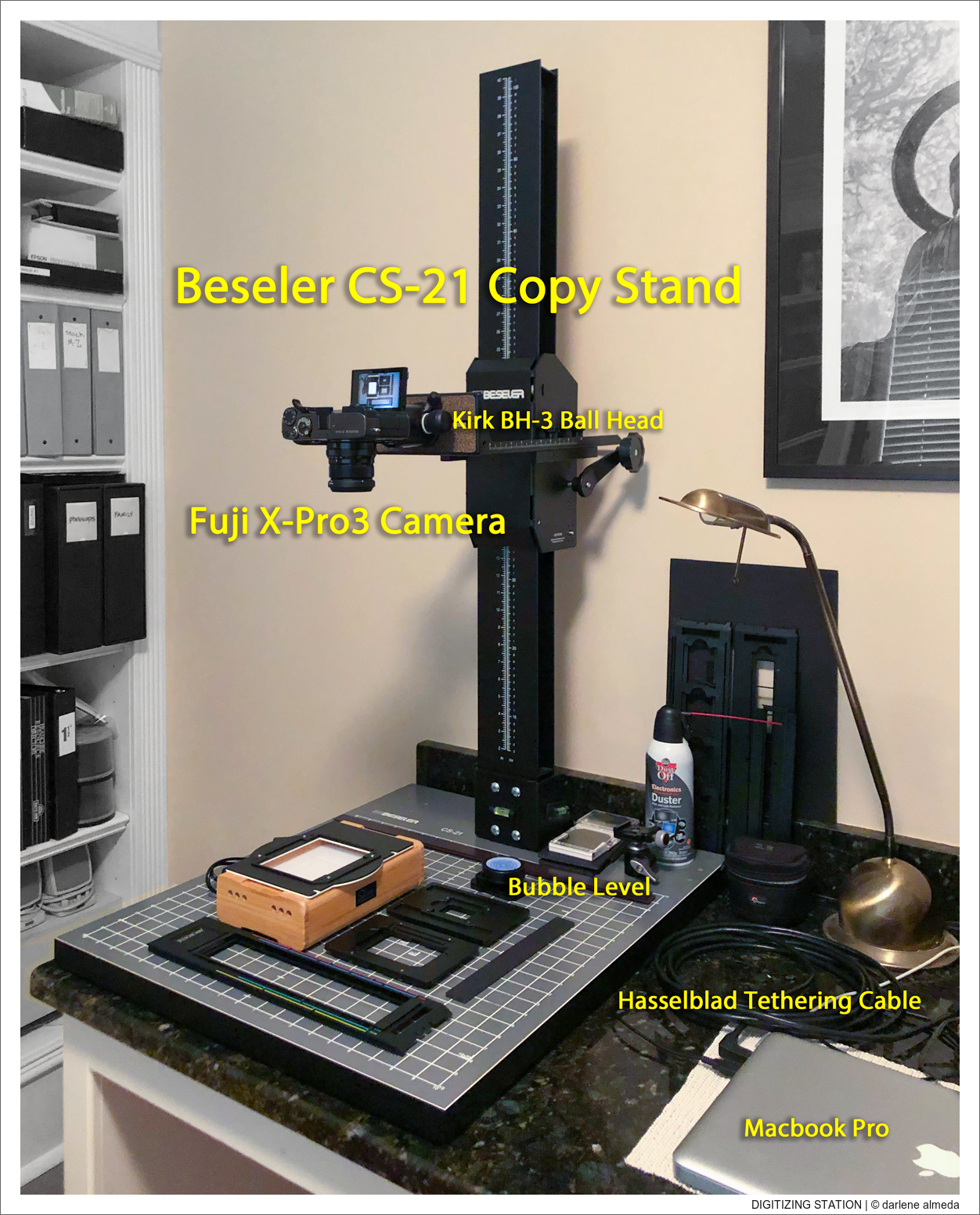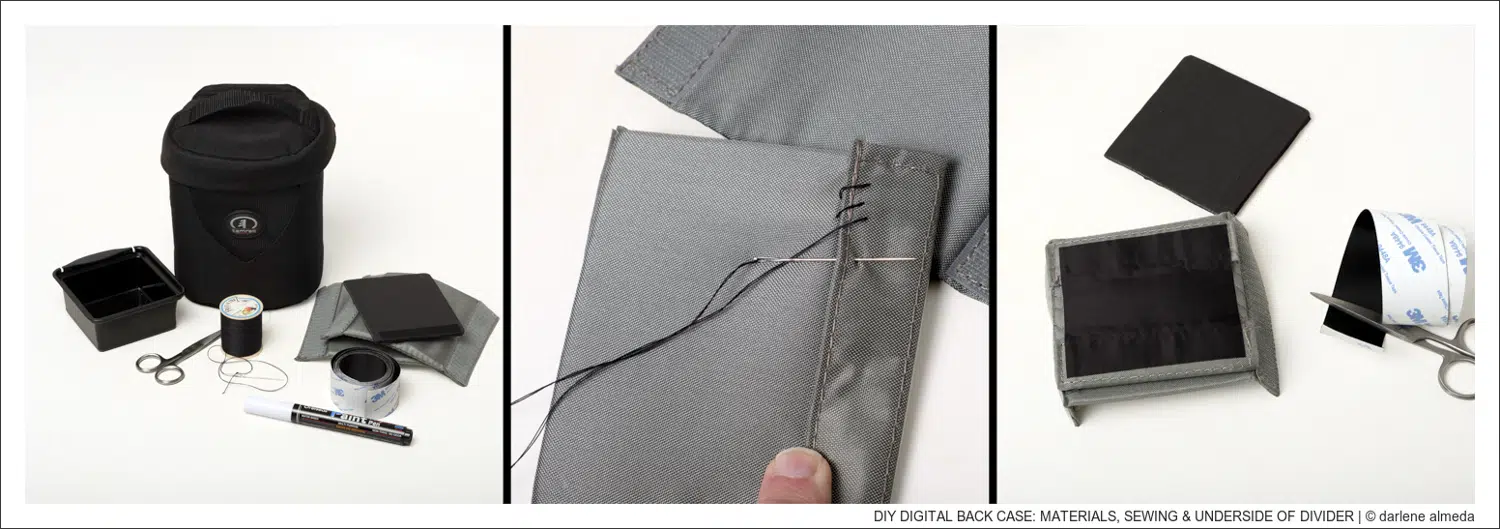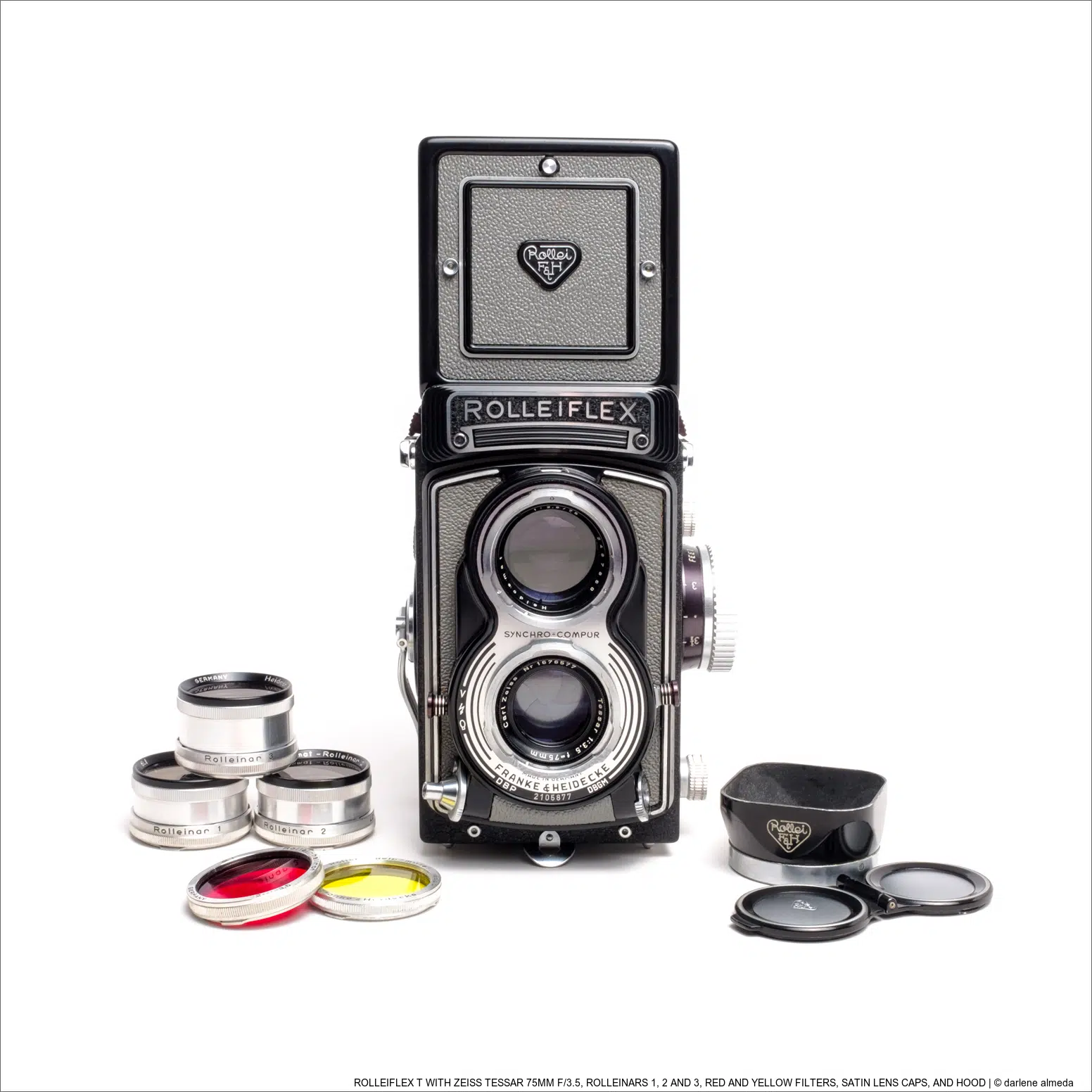[ BOOK IMAGES & TEXT © 2011 BY JOYCE TENNESON ]
[ USED FOR EDUCATIONAL PURPOSES ONLY ]
Joyce Tenneson’s Shells: Nature’s Exquisite Creations is a captivating exploration of one of nature’s most delicate and beautiful forms: shells. Known for her ethereal and dreamlike photography, Tenneson brings her distinctive style to this subject, imbuing each shell with a sense of grace, mystery, and artistry that extends beyond its natural beauty.
Photography and Aesthetic Approach
In Shells, Tenneson presents a series of images that elevate these natural objects into works of art. Her use of soft lighting, careful composition, and neutral backgrounds allows the intricate details of each shell to shine through. The result is a series of portraits, rather than mere documentation, where each shell seems to take on a personality of its own. The textures, patterns, and curves are rendered in ways that evoke emotion and admiration for the craftsmanship of nature.
Tenneson’s photography stands out for its attention to the interplay of light and shadow, giving the shells a sculptural, almost otherworldly quality. Her expertise in using light to create mood is evident throughout the book. Whether it’s the gentle glow on a translucent shell or the dramatic contrast highlighting the ridges of a rougher specimen, the images feel intimate and meditative. There is a reverence in how she presents these objects as if each photograph invites the viewer to pause and contemplate the simple beauty of the natural world.
Themes and Symbolism
One of Shells: Nature’s Exquisite Creations strengths is how Tenneson transcends the visual appeal of her subjects to suggest deeper themes. Shells have long been symbols of protection, resilience, and transformation, and Tenneson subtly plays with these ideas through her photography. The book invites reflection on the organic forms that arise from natural processes and how such delicate creations can symbolize endurance and timelessness.
The text that accompanies the images—short reflections and poetic descriptions—offers a gentle meditation on these themes. Tenneson’s words are minimalist yet effective, complementing the images without overpowering them. They guide the viewer toward seeing the shells not just as objects, but as metaphors for the cycles of life, beauty, and fragility.
Production Quality
The book itself is beautifully produced, with high-quality printing that does justice to Tenneson’s photography. The large format allows for a detailed appreciation of each image, making it easy to get lost in the intricate swirls, ridges, and patterns of the shells. The minimalist design of the book complements the simplicity and elegance of the photography, giving the viewer space to fully engage with each image.
Audience and Appeal
Shells: Nature’s Exquisite Creations will appeal to a wide range of readers. For photography enthusiasts, it’s a masterclass in lighting and composition, showcasing how simple subjects can be transformed into artistic statements. Nature lovers will appreciate the homage to the intricate designs that occur in the natural world, while collectors and art lovers will find the book to be a beautiful addition to their collections. It’s also a source of inspiration for those interested in the intersection of nature and art, demonstrating how everyday objects can be seen in extraordinary ways.
Conclusion
In Shells: Nature’s Exquisite Creations, Joyce Tenneson once again proves herself as a master of fine art photography. The book is a celebration of nature’s beauty, presented through Tenneson’s singular vision. Each shell, captured in exquisite detail, invites us to appreciate the small, often overlooked creations of the natural world. For those who love nature, photography, or simply the artistry of life’s forms, this book is a quiet but profound tribute to the elegance and mystery of shells.
Closing Comments
The images I share in this review are some of my personal favorites. Photographing shells is a hobby of mine, and when I can, I purchase affordable, exotic varieties to capture with my camera. Shells: Nature’s Exquisite Creations is a great book to have on your shelf if you’re interested in photographing these natural wonders. Although the copy I used for this review was borrowed from my library, that won’t be the case for long! I already own Joyce Tenneson’s Intimacy: The Sensual Essence of Flowers and plan to review it in the future. As a longtime admirer of Tenneson’s work, I am pleased to present this review. Interestingly, Joyce and I share the same birthday, May 29th, but different birth years.
Video
Below is a video from The Academy of Art School of Photography featuring Joyce Tenneson and an overview of her remarkable 40-year career in photography. Tenneson shares images from her retrospective book, A Life in Photography, offering insights into her multifaceted career as one of today’s leading portrait photographers. She reveals behind-the-scenes assignment work and never-before-seen 20×24-inch Polaroids.
